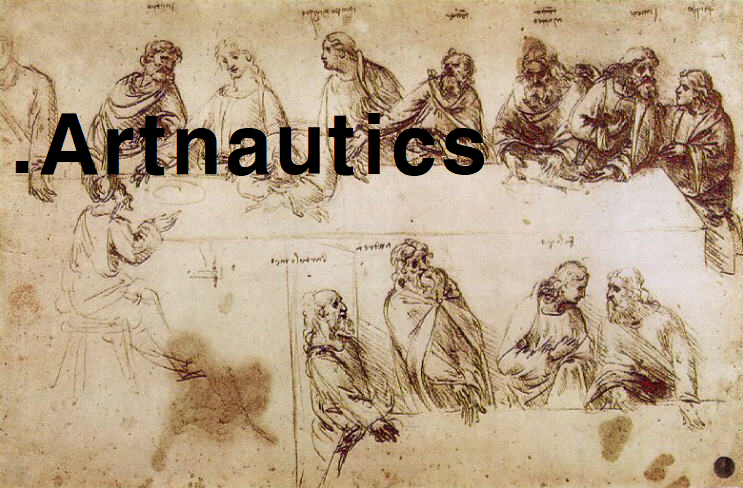
Sunday, May 3, 2015
The Course of Empire: Desolation - Thomas Cole
Thomas Cole (1801 - 1848) was an American landscape artist and was the creative energy for the Hudson River School. The Hudson River School was a 19th century American art movement that was focused on the aesthetic and emotional aspects of nature. The School weaved the concepts of Europe's romanticism to create a wonderment for America's wild, and unexplored territory. The Hudson River School started in upper New York State around the Catskill, and Adirondack mountains. The members included Albert Bierstadt, Jasper Francis Cropsey, Thomas Hill, John Frederick Kensett, Asher Brown Durand, William Hart, Sanford Robinson Gifford, and Thomas Cole. Cole's imaginative visualizations of natural landscapes powered the romanticism in American landscape art in the 19th century. In his The Course of the Empire series, which include the title paintings, The Savage Lands (1833 -1836), The Arcadian or Pastoral State (1833-1836), The Consummation of Empire (1836), Destruction (1836), Desolation (1836), Cole expresses a divine and noble presence in his works. The open landscape with the horizon unbroken, the bluish hue of the sunlight and moonlight, the sizing of human figures with reference to environment, the induced feeling of weather that is experience, are the precise elements that induce an emotional reaction to the work. With other Hudson River School artist expressing similar effects, "shimmering water and hazy skies, lit by diffused light" lead to a modern label for these type of works as Luminist. "In Luminist works, man is sufficiently at peace with Nature that he can be reintegrated into the landscape without danger of starting a Course of Empire." (from "a river runs through it" by John Dorfman in Feb 2015 issue Art and Antiques)


Subscribe to:
Posts (Atom)




